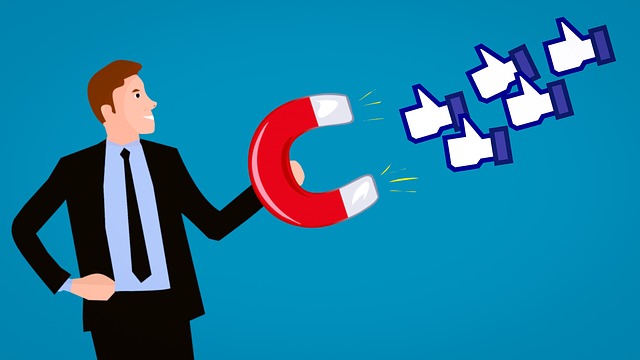Want to Improve Your Digital Marketing? Check Out What Your Competitors are Doing
Mavericks owner and tech billionaire Mark Cuban has a book entitled “How to Win at the Sport of Business,” whereas he parallels the competitive spirit within an industry to that of a baseball or basketball game. While there are major differences between those two ideas, the point is the same: Business is a competition, and in order to win, you have to know and beat your opponent.
In years past, one of the primary ways that businesses would try to one-up each other is through price. Lower the price, and your competitors will naturally gravitate towards you. That’s not the case anymore; if you want to pull ahead, you have to not only understand what products and services your competitors are promoting but how they’re promoting it as well. This involves everything, from your branding to your customer service to your mission statement and everything in between.
Since strong competition is one of the major causes of a business failing, you’ll have to pay attention to who you’re positioned next to in search results and paid advertising. How do you do that? Simple.
 1. Learn About Your Opponents
1. Learn About Your Opponents
In the beginning of your company life cycle, you may be all alone in your niche. Either you’re the only one selling a particular product, or you’re the only one solving a particular problem. Eventually, though, other people will take notice and begin to come after your clientele. In fact, only one-third of businesses are still in existence a decade after they open up the doors. If you want to make sure you’re not part of that statistic, you have to keep your eyes open to the playing field.
In the digital sphere, your competitors are the ones that are positioned next to you in the SERP’s (Search Engine Results Page) or are the ones seeking to solve the same problem that your product or service does. If there’s no major competitors, that’s great, but use the time to shore up your branding and position yourself as a perennial market leader. If you do notice that others are beginning to encroach on your territory, start studying their practices and taking notes.
2. Exploit Their Weaknesses
Once you’ve studied your competitors thoroughly, you need to start looking for vulnerabilities in their marketing that you can exploit. Below are a few places to look specifically:
Links: Do they have broken links all over their webpage? Are they working on developing backlinks? Do they have any backlinks at all? If not, this could be an excellent place to start.
Social Media: Though most businesses have caught up to the idea that they need to be active on social media, not every business is doing this effectively. Customer engagement is a big part of this, and if your competitors aren’t doing it, emphasize that with your customers.
SEO: Are your competitors up to date on the latest SEO best practices? Make a list of their on and off-page SEO metrics and compare them to your own, including local SEO as well.
Conversion Rate: Look at their landing pages and advertisements and notice their copy. What are they missing? What could you offer that’s better?
Conclusion
Learning from your competitors isn’t rocket science, but in order to pull ahead in the market for your specific niche, you have to study your opponents and take advantage of every opportunity that’s presented to you. Competitors may be out to take some of your customers away from you, but that doesn’t mean they can’t be a force for good either.



 Business competition is nothing new. Ever since the dawn of business, similar companies have been using various tactics to outsmart their competition and gain an edge over them. This is no less true today in the digital marketing arena.
Business competition is nothing new. Ever since the dawn of business, similar companies have been using various tactics to outsmart their competition and gain an edge over them. This is no less true today in the digital marketing arena. 
 Hack #3: Facebook Ads, Competitor Brand, & Interests
Hack #3: Facebook Ads, Competitor Brand, & Interests
 Hack #6: Dissatisfied Twitter Followers (Free Method)
Hack #6: Dissatisfied Twitter Followers (Free Method)



 1. You Stress Over Social Media ‘Likes’ and Shares
1. You Stress Over Social Media ‘Likes’ and Shares





 Reviews Give People a Voice
Reviews Give People a Voice